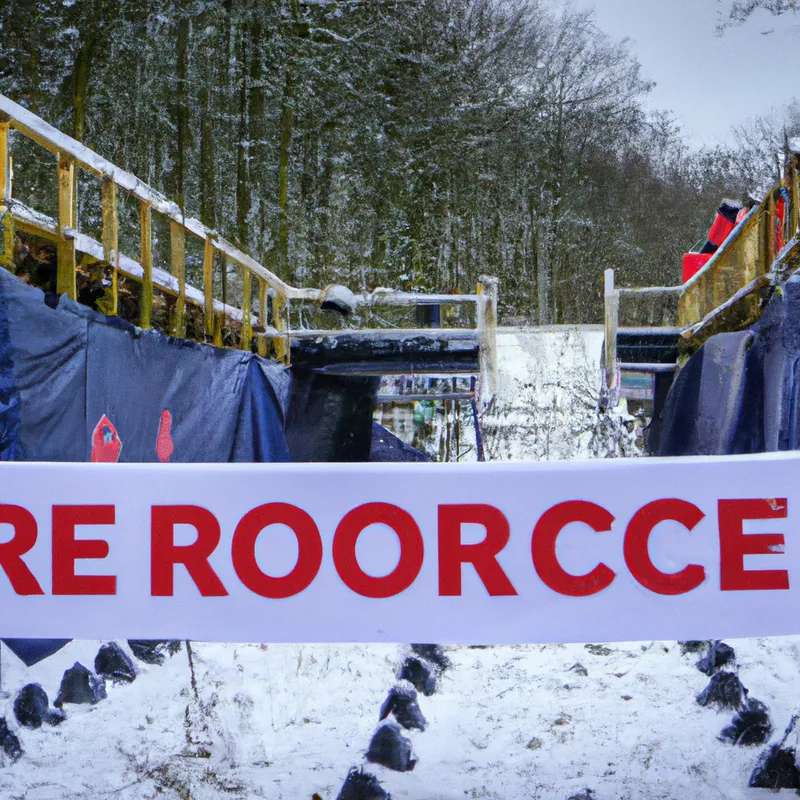Conquer OCR Races: Weather Prep Strategies
How to Prepare for OCR Races in Different Weather Conditions
Obstacle Course Racing (OCR) combines endurance, strength, and mental resilience. Athletes must adapt to various weather conditions. Weather can enhance or dampen the thrill of racing. Therefore, preparation is vital. This guide helps you prepare for OCR races in any weather.
Understanding Weather Impacts on OCR Performance
Weather conditions greatly affect OCR dynamics. Here’s how various factors influence performance:
1. **Heat:** High temperatures cause dehydration and heat exhaustion. Your energy levels drop as your body struggles to cool itself.
2. **Cold:** Low temperatures lead to muscle stiffness and reduced flexibility. Cold weather increases injury risk and impacts grip on obstacles.
3. **Rain:** Wet conditions create slippery surfaces and muddy terrain. These factors slow you down and increase fall risks.
4. **Wind:** Strong winds disrupt your balance on high obstacles. Wind also makes cold temperatures feel more frigid.
Understanding these impacts allows you to create effective strategies for race day.
Hot Weather Preparation
Focus on hydration and body temperature management when racing in hot weather. Use these strategies:
– **Hydration:** Hydrate well before race day. Aim for 16-20 ounces of water in the hours before the race. Include electrolyte drinks to replenish minerals.
– **Clothing:** Wear light-colored, moisture-wicking fabrics. These materials promote airflow and help keep you cool. Avoid heavy materials that trap heat.
– **Cooling Techniques:** Use water stations during the race. Splash water on pulse points like your neck and wrists. Seek shade during breaks if available.
– **Listen to Your Body:** Watch for heat exhaustion signals like dizziness or extreme fatigue. Slow down or take breaks if you feel overwhelmed.
Cold Weather Preparation
Plan carefully to keep warm and functional in cold weather:
– **Layering:** Start with a moisture-wicking base layer to keep sweat away. Add an insulating layer for warmth and a waterproof outer layer to shield against elements.
– **Protect Your Extremities:** Wear gloves and a warm hat to retain heat. Use thermal socks to keep feet warm, especially if they get wet.
– **Warm-Up Routine:** A proper warm-up is crucial.
Conclusion
Prepare for OCR races by understanding weather impacts and using effective strategies. Stay safe and perform your best.
Below are related products based on this post:
FAQ
How does hot weather affect my performance in OCR races?
Hot weather can lead to dehydration and heat exhaustion, which significantly reduces your energy levels. As your body struggles to cool itself, you may experience fatigue and diminished performance. Proper hydration and cooling techniques are essential to manage these effects.
What should I wear for a cold weather OCR race?
In cold weather, it’s important to layer your clothing effectively. Start with a moisture-wicking base layer to keep sweat away, then add an insulating layer for warmth, and finish with a waterproof outer layer to protect against the elements. Additionally, wearing gloves and a warm hat can help retain heat.
How can I prepare for muddy conditions during a race?
Muddy conditions can create slippery surfaces, increasing the risk of falls. To prepare, consider wearing shoes with good traction and practicing on similar terrains before race day. Additionally, focus on maintaining balance and control when navigating obstacles to reduce the risk of slipping.















Post Comment